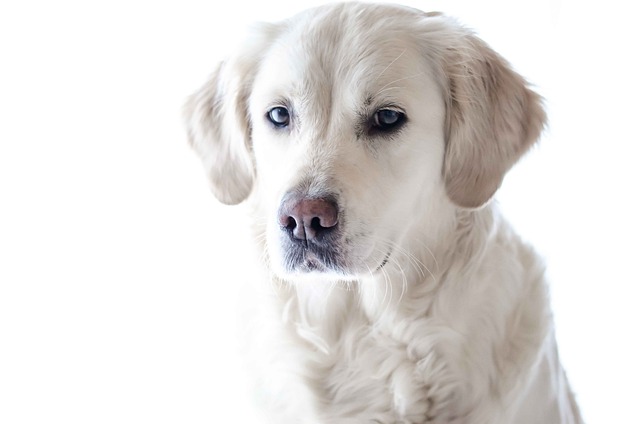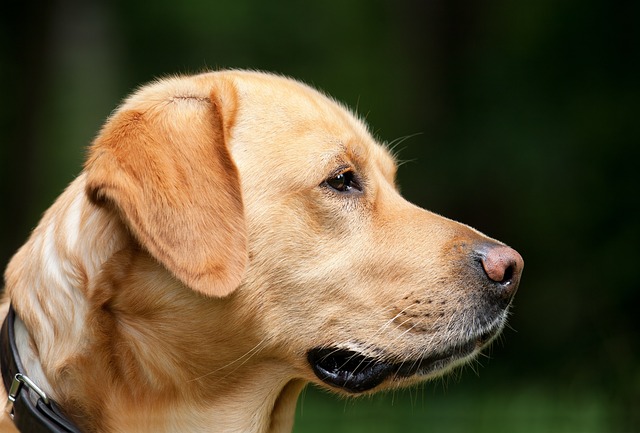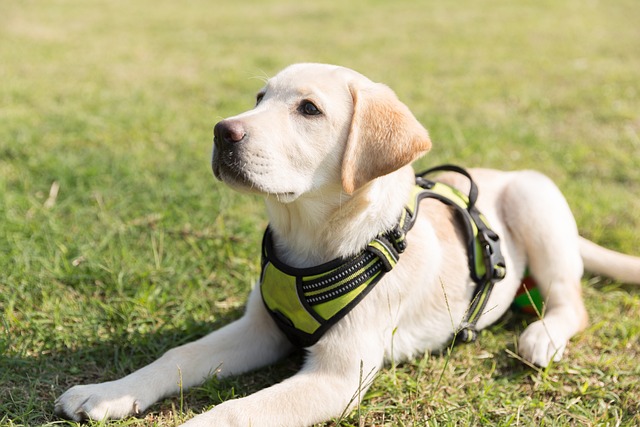
How can I tell if my dog's heatstroke is serious
Let’s be real: It’s a sticky August morning in Los Angeles, and you took your 2-year-old Golden Retriever, Max, for a walk a little later than usual
When we joyfully welcome a dog into our lives, choosing suitable food for them becomes an important task. As dogs grow or due to various reasons such as health concerns, we sometimes need to change their food. But how long does it actually take for a dog to adapt to new food? This is a question that many pet owners care about.
A dog's digestive system is relatively sensitive and differs significantly from that of humans. Their intestines are shorter than those of humans, and the digestion process is quicker, which means that food stays in their bodies for a shorter time, and digestion and absorption need to be completed within a more limited time frame. When new food enters a dog's stomach and intestines, its body needs time to recognize and adapt to the new nutrients, texture, and taste. Dogs of different breeds, ages, and health conditions also vary in their ability to adapt to new food. Small dogs generally have a faster metabolism than large dogs, which may affect the speed at which they adapt to new food. Puppies' digestive systems are not fully developed, so their ability to adapt to new food is relatively weak. On the other hand, senior dogs may find the adaptation process more difficult due to the decline of their physical functions.
The type of new food has a great impact on the time it takes for a dog to adapt. If the new food is similar to the old food in terms of ingredients, texture, and taste, for example, changing from one type of chicken-flavored dry food to another, the dog may adapt relatively easily, and it generally takes about 3 to 7 days for the dog to gradually accept it. However, if the new food is significantly different from the old food, such as changing from dry dog food to wet food, or from regular food to special prescription food, the dog may need more time. In such cases, the adaptation period may be extended to 10 to 14 days or even longer.
 During the process of changing food, it is crucial to proceed gradually. Suddenly changing the food can be too much for a dog's stomach and intestines to handle, and the dog may experience discomfort symptoms such as vomiting and diarrhea. The correct approach is to use a transition method like the "seven-day food change method." In the first two days, mix a small amount of new food with most of the old food to let the dog gradually get familiar with the taste and texture of the new food. As time goes by, slowly increase the proportion of the new food and decrease the old food until the dog is fully transitioned to the new food on the seventh day. This transition method allows the dog's stomach and intestines enough time to adapt to the changes brought about by the new food, effectively reducing the risk of gastrointestinal discomfort.
During the process of changing food, it is crucial to proceed gradually. Suddenly changing the food can be too much for a dog's stomach and intestines to handle, and the dog may experience discomfort symptoms such as vomiting and diarrhea. The correct approach is to use a transition method like the "seven-day food change method." In the first two days, mix a small amount of new food with most of the old food to let the dog gradually get familiar with the taste and texture of the new food. As time goes by, slowly increase the proportion of the new food and decrease the old food until the dog is fully transitioned to the new food on the seventh day. This transition method allows the dog's stomach and intestines enough time to adapt to the changes brought about by the new food, effectively reducing the risk of gastrointestinal discomfort.
During the dog's adaptation to the new food, pet owners should pay close attention to the dog's physical reactions. Appetite is an important indicator. If the dog suddenly loses interest in food or its food intake decreases significantly, it may be that it has not yet adapted to the new food, or there may be a problem with the new food. The defecation situation can also reflect the dog's digestive condition. A normal dog's feces should be formed and of moderate firmness. If the dog experiences diarrhea, constipation, or abnormal color and odor of the feces, it may be that the stomach and intestines are protesting against the new food. In addition, the dog's mental state is also an important reference. If it becomes listless, lethargic, or unusually irritable, it may also be related to its adaptation to the new food. Once serious discomfort symptoms are found in the dog, stop feeding the new food immediately and consult a veterinarian for advice.
There is no fixed standard for the time it takes for a dog to adapt to new food, which is comprehensively affected by various factors. As pet owners, we should give our dogs enough patience and care, follow scientific transition methods when changing their food, and pay close attention to their physical reactions. Every dog is a unique individual, and their adaptation speeds to new food vary. When we see our dogs happily and healthily enjoying the new food, our efforts will be rewarded the best. Because the health of our dogs is our greatest wish as owners. In this process, we can also have a deeper understanding of our dogs' needs and strengthen the emotional bond between us.

Let’s be real: It’s a sticky August morning in Los Angeles, and you took your 2-year-old Golden Retriever, Max, for a walk a little later than usual

You're enjoying a summer afternoon at the park when you notice your dog has stopped panting and appears disoriented - their gums are bright red

Let’s paint the picture: You’re in your Denver apartment, watching your 4-year-old Boston Terrier, Ruby, plop down mid-play session with her favorite toy

Many dog owners notice their pets nails seem shorter after regular walks,but how much does this daily activity actually help?The answer depends on where you walk—concrete sidewalks or asphalt streets gently file nails as a dog's paws hit the ground

Most dog owners notice their pup scooting across the carpet at some point, but few connect it to impacted anal glands. These small sacs near a dog’s rectum secrete a scent for marking territory

Most vets agree that regular dog teeth cleaning is key to avoiding painful dental issues later. For healthy adult dogs, a professional cleaning at the vet’s office every 12 to 18 months usually works well.